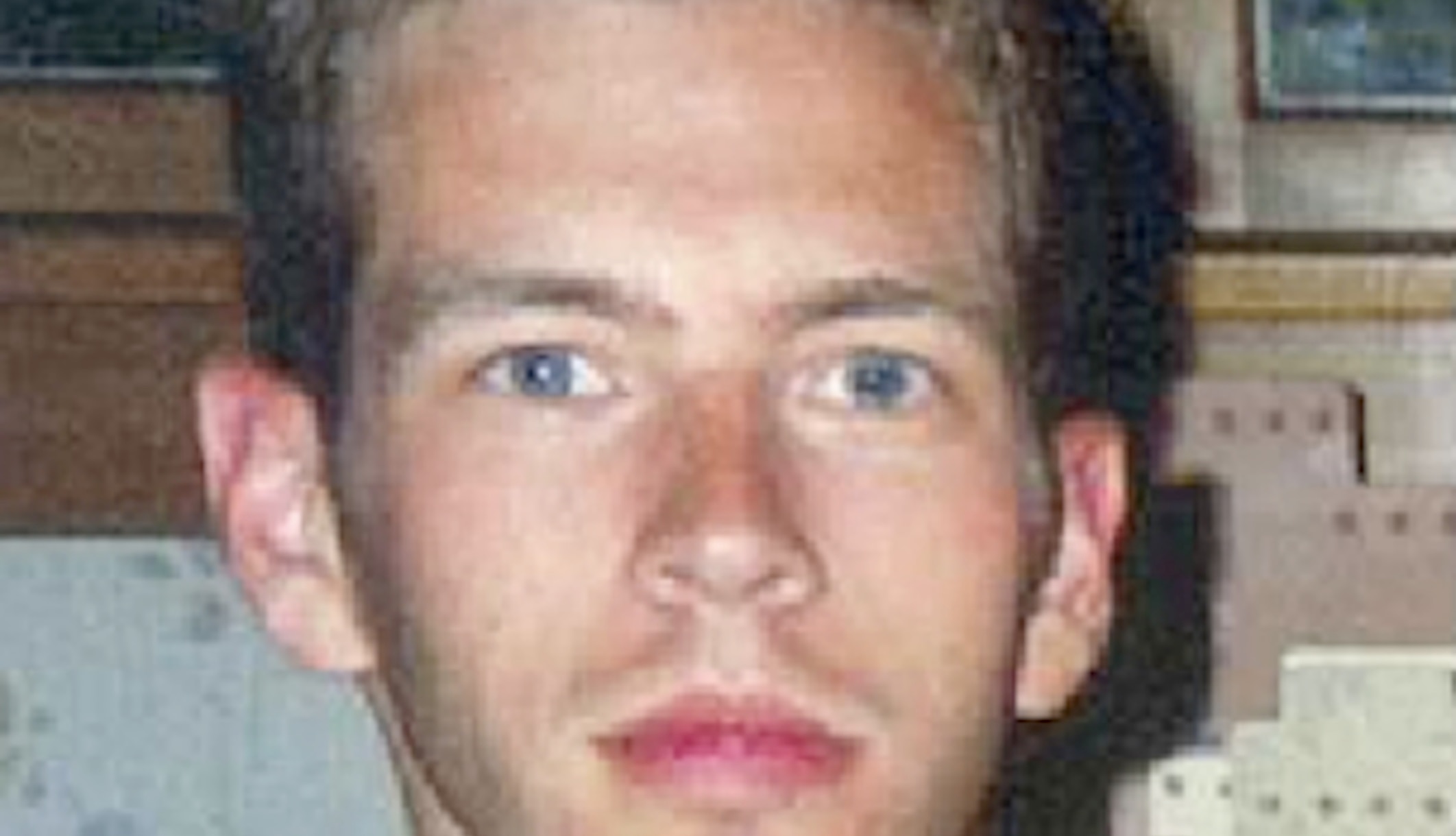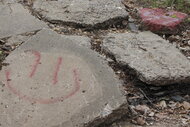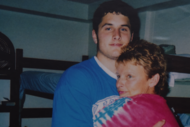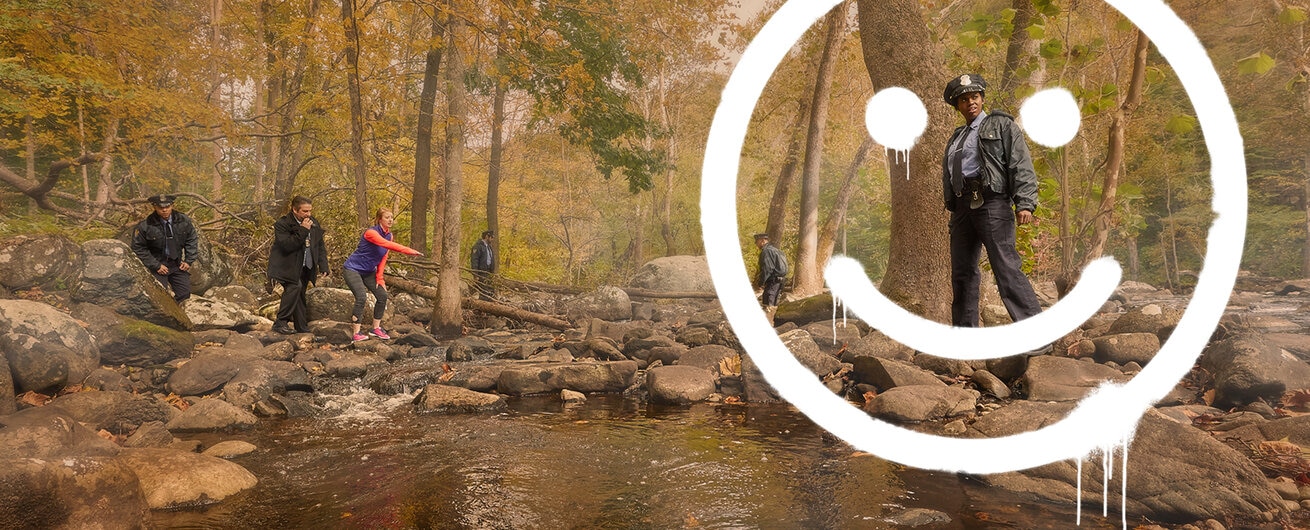Create a free profile to get unlimited access to exclusive videos, breaking news, sweepstakes, and more!
Forensic Pathologist Believes Alleged ‘Smiley Face’ Victim Was Dead Before He Was Put Into The Water
Dr. Cyril Wecht found it "hard to believe" that Brian Welzien had been dead for 77 days before his body was discovered in Lake Michigan.

During "Smiley Face Killers: The Hunt for Justice," investigators made a case-altering discovery in the death of Brian Welzien. The "easygoing, athletic" 21-year-old finance student disappeared from a Y2K celebration in Chicago, Illinois, and his body was found 77 days later on a beach in Gary, Indiana. Police theorized an intoxicated Welzien had fallen into Lake Michigan and that his body had traveled 30 miles south before its discovery.
His death was ultimately ruled an undetermined drowning.
Though Welzien had supposedly been floating in water for two and a half months, his autopsy report only noted slight to moderate decomposition.
Gary Police Department Detective Sgt. William Fazekas, the original investigator on Welzien's case, told former NYPD detective and "The Hunt for Justice" host Kevin Gannon that when he saw Welzien's remains, he was surprised by the lack of decomposition.
"It looked like he was missing within a week. .... It was that fresh," said Fazekas. "From my experience, someone that's dead, even in the cold and with the climate that changes here from hot to warm ... the decomp was nothing."
Fazekas believes there are many parts of Welzien's case that "just don't add up," and Gannon agrees. Along with professor of criminal justice Dr. Lee Gilbertson and retired NYPD detectives Michael Donovan and Anthony Duarte, Gannon is working to have Welzien's death reclassified as a homicide. The team contends that Welzien could be a potential victim of the Smiley Face Killers, an alleged group of unknown serial killers that murders college-aged men, dumps their bodies in nearby waterways and paints smiley face symbols near the death sites.
After reviewing Welzien's autopsy report, Gannon, Dr. Gilbertson and Fazekas met with consulting forensic pathologist Dr. Cyril Wecht to reexamine the original case files and photographs. Due to the absence of any significant decomposition and the fact that Welzien's internal organs were "essentially intact," Dr. Wecht found it "hard to believe" that Welzien had been dead for almost three months.
"[The medical examiner] is able to describe the coronary arteries. It can't be after 77 days that you're able to see that kind of anatomic detail," said Dr. Wecht. "There's no way that this person could have been dead unless you had a body that was frozen for 77 days."
(According to the US Coast Guard, Lake Michigan did not freeze over during Welzien's disappearance.)
Dr. Wecht also noted that the medical examiner did not find fluid in the lungs or in the chest cavities, but a small amount of sand was found in the larynx. Sand was not found, however, in the stomach.
"I think in the absence of fluid in the lungs and the absence of sand in tracheobronchial tree, the respiratory passageways ... and in the esophagus leading into the stomach, he did not drown. It's highly likely that Mr. Welzien was dead," concluded Dr. Wecht.
Dr. Wecht also agreed with Gannon that Welzien could have been murdered before he was put into the water.
Another confounding detail from Welzien's autopsy report is that postmortem lividity was "fixed on the posterior surface of the body."
"When you find somebody lying on their back, that's what you will get," said Dr. Wecht. "Let's say he went into the water accidentally and he drowns. For the body to remain in that position faceup is very surprising."
According to Dr. Gilbertson, for Welzien's body to present with that lividity, he would have had to been lying on his back on a surface for longer than 12 hours.
"This is inconsistent with a body in turbulent water like Lake Michigan. He should have had lividity on all sides, not fixed to one side," explained Dr. Gilbertson, who estimated Welzien had only been deceased for approximately 36 hours before his body was discovered.
While presenting their findings to Welzien's mother, Stephany Welzien, Fazekas agreed to contact the medical examiner's office to reopen the case and investigate the possibility of foul play. At this time, Fazekas is actively pursuing new leads.
"I think [Welzien] was deceased before he touched any water, bottom line," said Fazekas.
To hear more about Welzien's case, watch "Smiley Face Killers: The Hunt for Justice," airing Saturdays at 7/6c on Oxygen.
[Photo: Courtesy of Stephany Welzien]





























